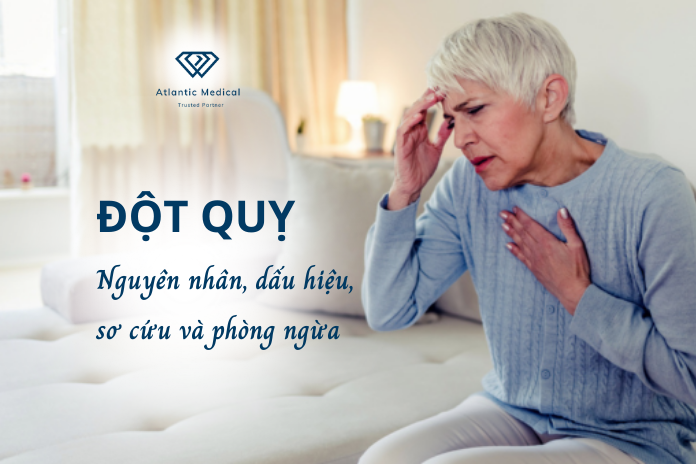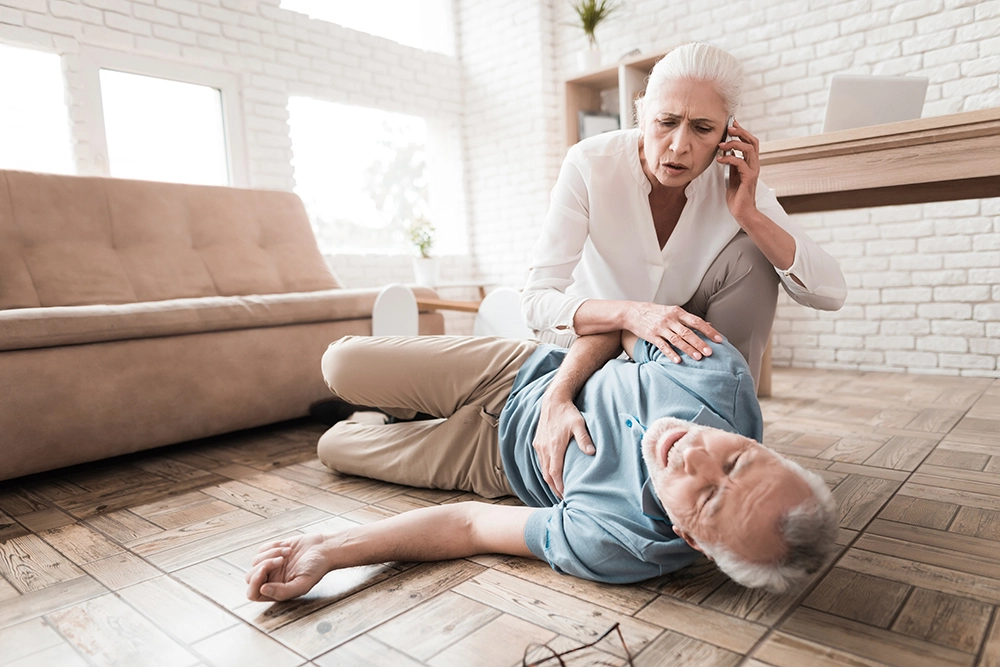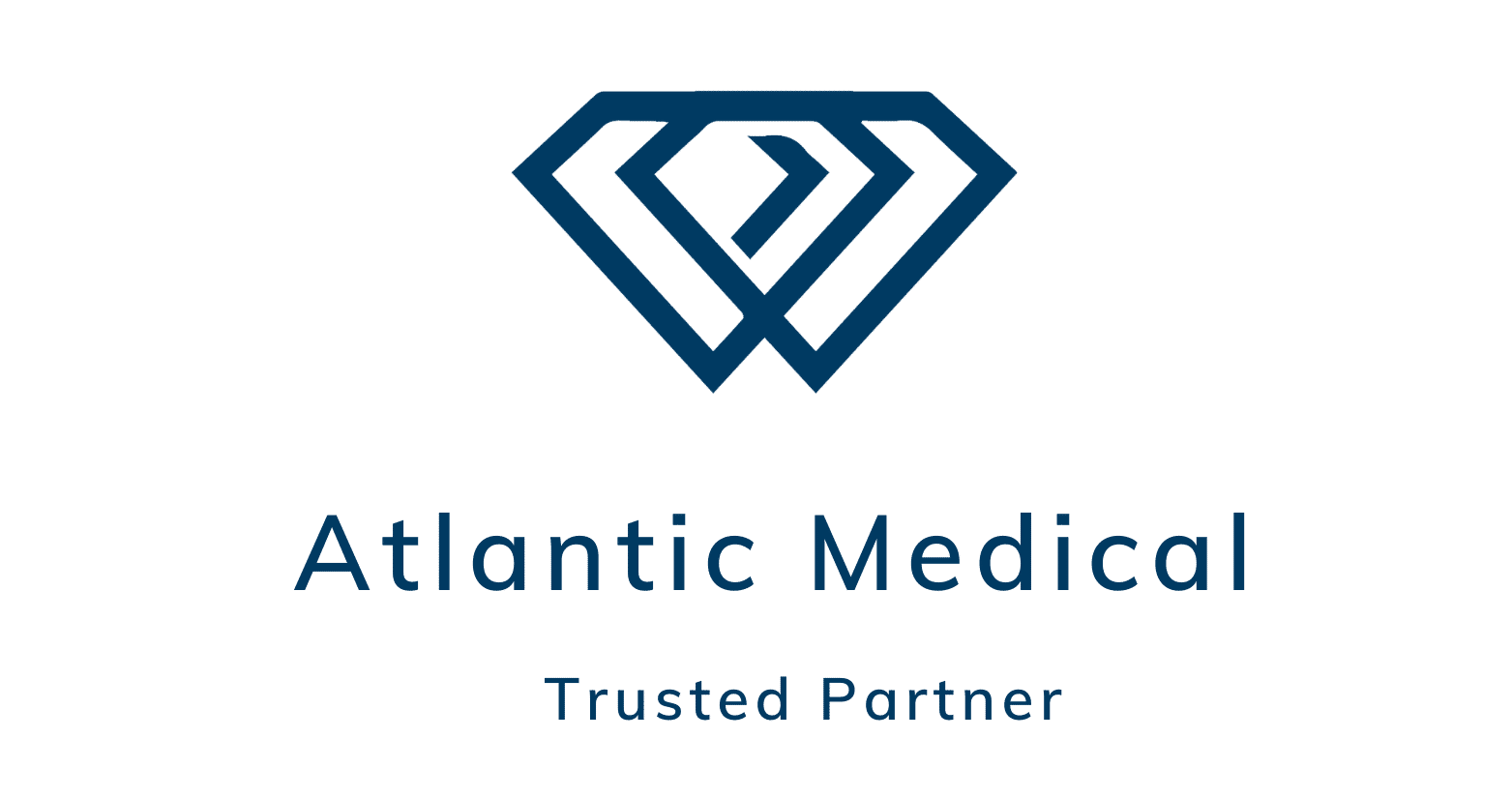
According to the World Health Organization, stroke is the leading cause of death and disability in Vietnam with more than 200,000 people annually. This is also a common cause of permanent disability and leaves a huge burden on the patient and his or her family. Therefore, understanding the disease for screening and prevention is extremely important. We invite everyone to join Atlantic Medical to learn more about this issue in the article below!
A stroke is a life-threatening condition that occurs when part of the brain does not receive enough blood flow, leading to brain cells in that area being deprived of oxygen and gradually dying.
Anyone can experience this condition, from children to adults and the elderly. However, stroke is often common in people of older ages, the average age of Vietnamese people today is about 65 years old.

There are 2 main causes of stroke: vessel blockage (ischemic stroke) and vessel rupture (hemorrhagic stroke). Additionally, some people may have only a temporary interruption of blood flow to the brain (transient ischemic attack) that does not cause lasting symptoms.
This is the most common type, occurring when the brain's blood vessels become narrowed or blocked, severely reducing blood flow. This condition is caused by fatty deposits in the blood vessels or by blood clots that travel from the heart and lodge in the blood vessels of the brain.
Hemorrhagic stroke occurs when one or more blood vessels in the brain leak or burst. Factors associated with hemorrhagic stroke include:
A transient ischemic attack (also called a mini-stroke) is a temporary episode of symptoms similar to those of a stroke and does not cause permanent damage. Like an embolism, a transient ischemic attack occurs when a blood clot temporarily reduces or blocks blood flow to part of the nervous system. Transient ischemic attack also increases the risk of later full-blown stroke.
Stroke is an emergency, every second is valuable for the patient. Therefore, early detection of stroke patients is essential.
Warning signs and symptoms of stroke:
The sooner a stroke patient receives emergency treatment, the more likely it will be to reduce the rate of serious brain damage. This requires the intervention of highly specialized doctors. However, while waiting for emergency help to arrive, proper first aid for stroke on the spot is extremely important.
When detecting a stroke patient, quickly provide first aid by:
When performing first aid for stroke at home, absolutely do not let the patient use medicine or eat or drink anything, do not shave, and do not use a needle to prick the patient's 10 fingers or toes.

Understanding the causes as well as risk factors combined with building a healthy lifestyle and using appropriate medications are the best steps for screening and prevention. In general, recommendations for prevention include:
If you are often tired, stressed, have symptoms of memory loss, high blood pressure, high blood fat, or have had this condition due to ischemia or transient ischemic attack, Doctors may recommend some of the following medications to reduce your risk:
If you have any questions, please pick up the phone and contact us immediately via Hotline 0936.236.283 or leave a question. herey to get answers and advice from Atlantic Medical's pharmacists.
Wishing you and your family good health and quality life!

Business Registration Certificate No. 0109881571 issued by Hanoi Department of Planning and Investment on January 10, 2022
© 2023 Copyright by Atlantic Medical All rights reserved.